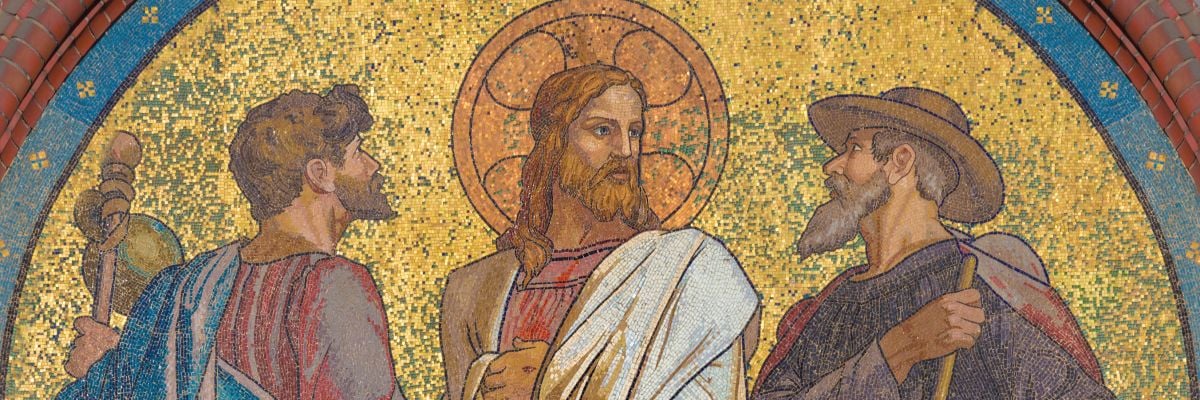
Question:
Answer:
As you noted, one of the disciples is Cleopas. This is likely the same person called “Clopas” in John 19:25. Early Church tradition identifies Clopas as the brother of Joseph, the legal father of Jesus (Luke 3:23), as well as the father of Simon/Simeon, the second bishop of Jerusalem (see Eusebius, Ecclesiastical History, 3, 11 and 4, 22).
Regarding the other disciple, Origen argued that it was Simon Peter, given the reference to the first Pope in Luke 24:34. Others have argued that it was Luke himself. Meanwhile, Dr. Tim Gray and Jeff Cavins assert that it was Clopas’ wife, arguing that just as Adam and Eve’s eyes were open to their sin (Gen 3:7), so another married couple’s eyes—on the first day of the new creation—were opened to seeing the resurrected Lord in the celebration of the Eucharist (Luke 24:31) [Walking With God: A Journey through the Bible, 258-59].
In summary, there is no consensus on the identity of the other disciple.



